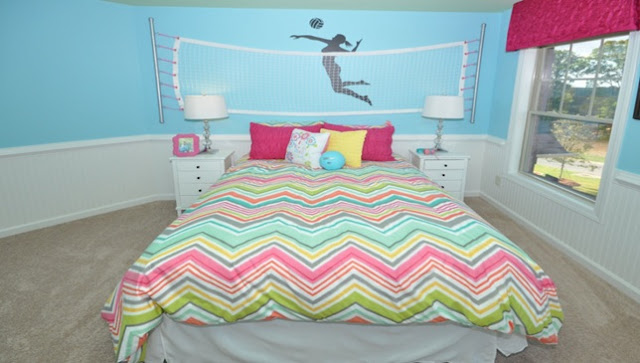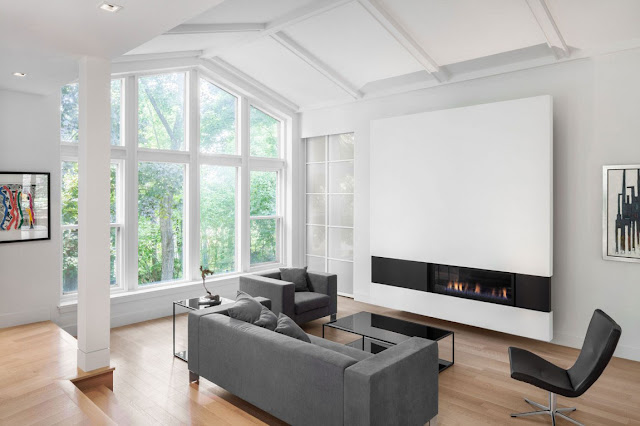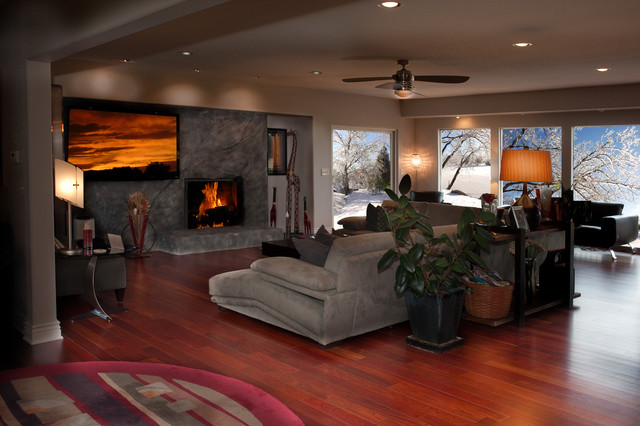How to Make a Volleyball Themed Bedroom

Whether your little one is aspiring to be a future volleyball player, or your teen is a member of a volleyball team, decorate her bedroom to illustrate her love of the game. A bedroom decorated with a volleyball theme is inspiring for the future or current athlete and allows her to showcase her personality through a sport she loves. With some decorative accessories and creativity, you can create a volleyball-themed haven.
Things You'll Need
- Paint
- Decorative accents
- Linens
- Locker
- Bench
Paint the walls in colors that match the hues of a favorite volleyball team. For example, if the colors of the preferred team are green and blue, paint two walls green and two walls blue. Create a striped effect to feature the colors on a focal wall and paint the remaining walls a neutral tone.
Blow up a large image of a volleyball team's logo and display it on the wall behind the bed. Blow up images of volleyballs and display them on the remaining walls of the space.
Display pictures of the room inhabitant playing the sport, or pictures of favorite volleyball players, in frames and set them out on tabletops, dressers and shelves. Install drawer pulls that resemble volleyballs on the dressers in the bedroom. Set out volleyball-themed decorative elements, such as statues of volleyball players, nets and actual volleyballs.
Place a white circular shaped throw rug at the foot of the bed, or next to the bed to resemble a volleyball. Bring in a locker to use as storage space and place a small bench in front of it to create the look of a locker room.
Display books related to the sport on bookshelves. Suspend volleyballs at alternating heights from the ceiling to add an unexpected, whimsical effect to the room.
Make the bed with a comforter that features images of volleyballs, or a comforter that's the same color of a preferred team. Set white, circular shaped throw pillows on top of the bed.














